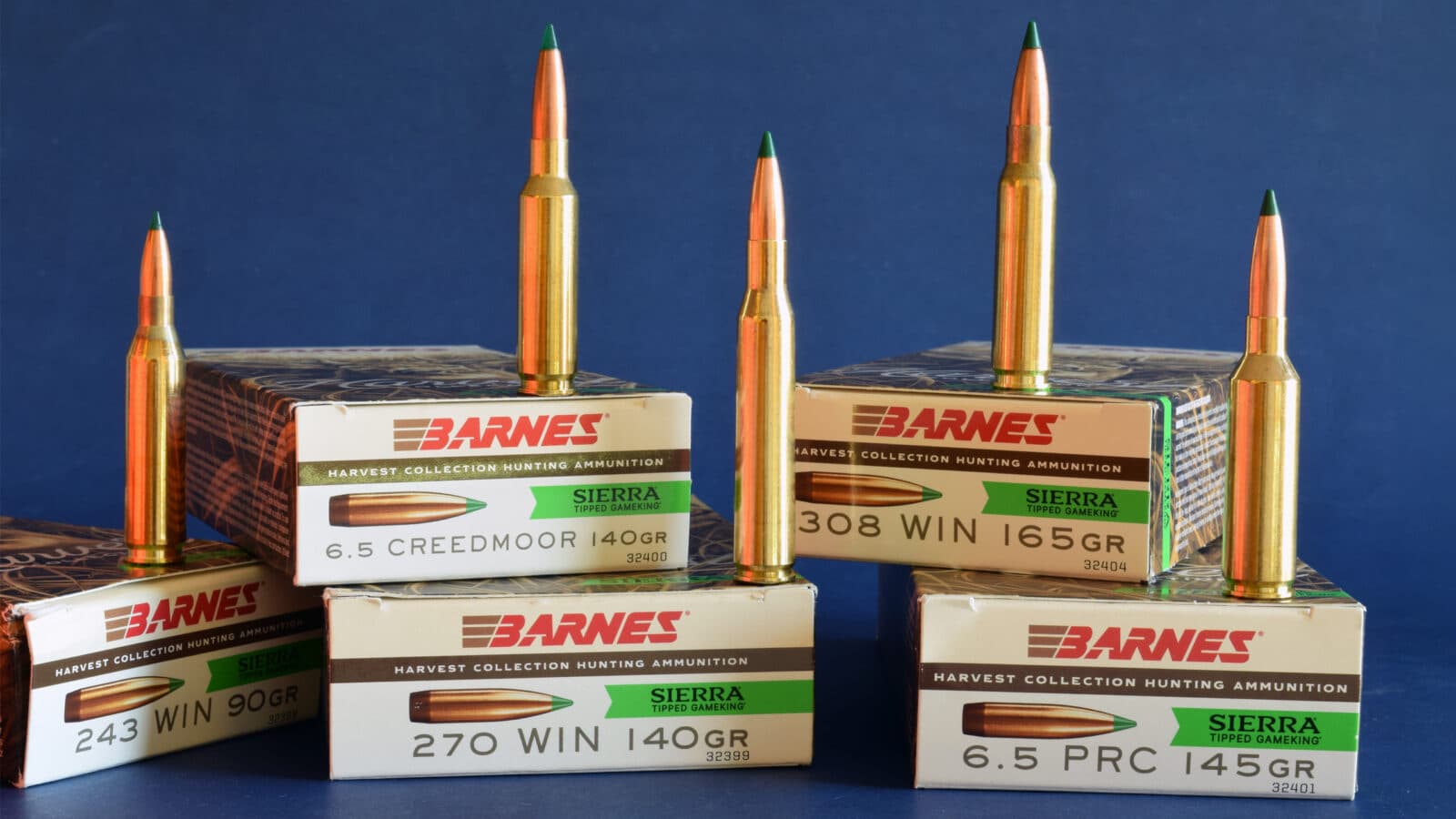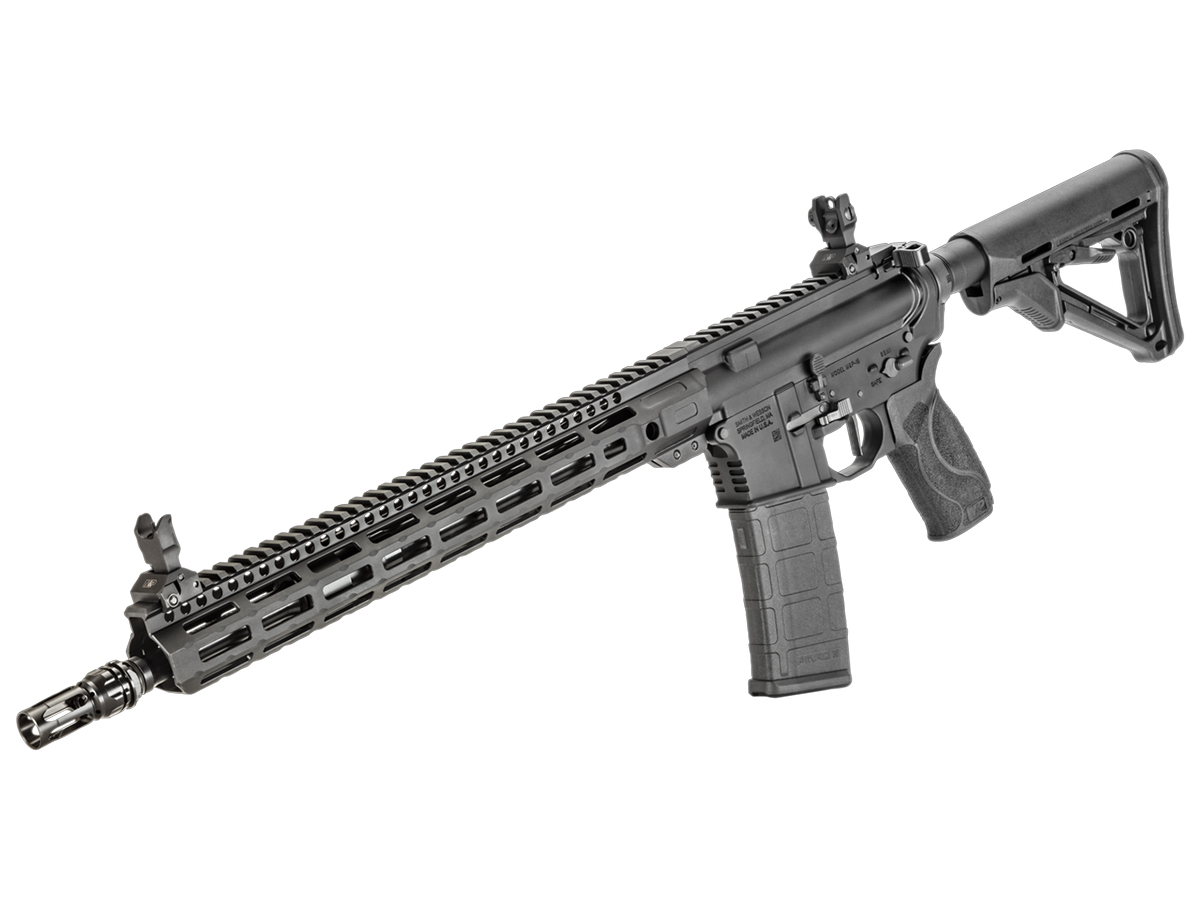Messerschmitt Me 262: Last Hope of the Luftwaffe?
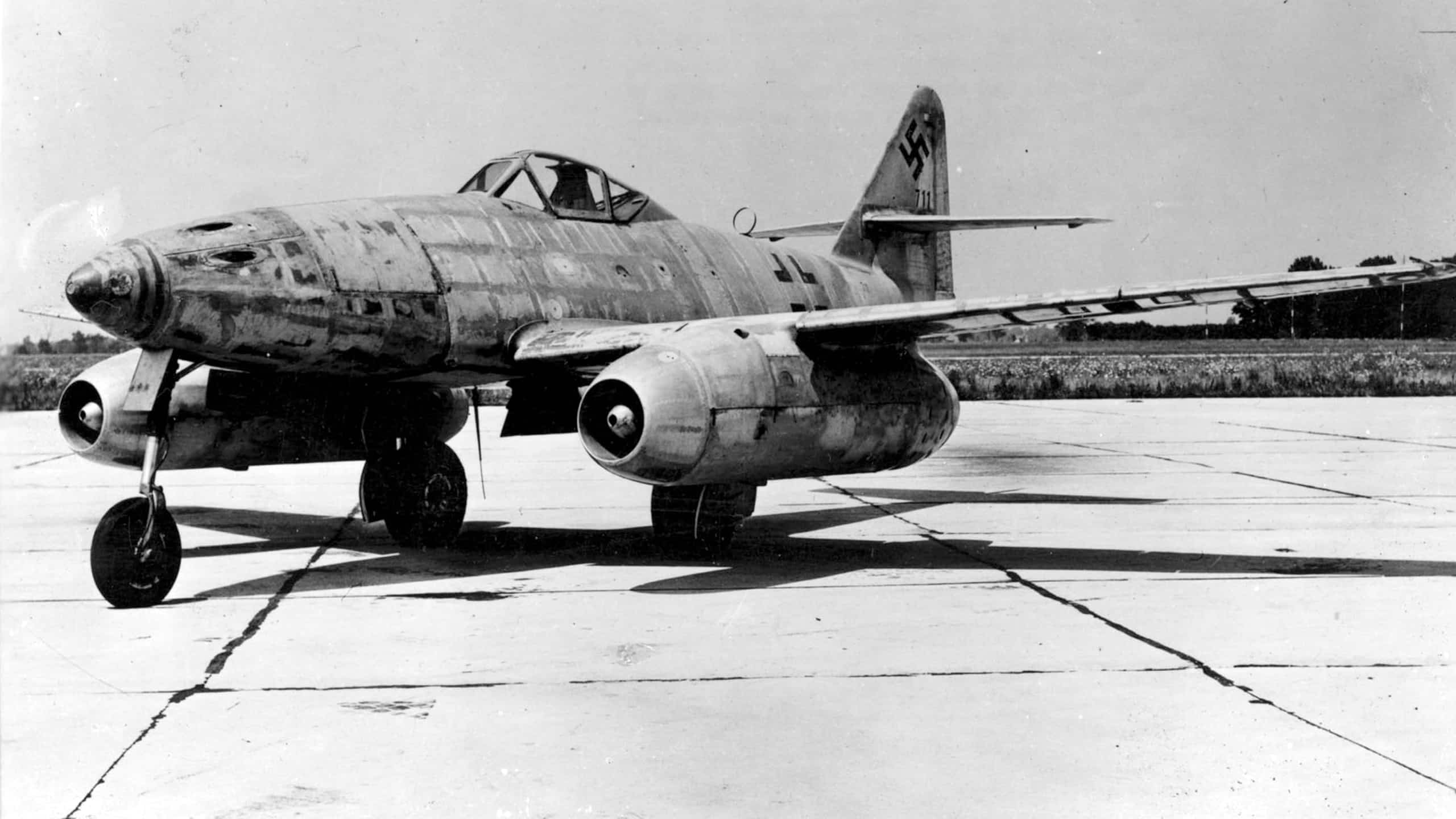
While Allied tanks raced across France, a new jet fighter streaked out of Germany in a desperate attempt to defend the Third Reich. Nicknamed the Schwalbe, the Messerschmitt Me 262 was the world’s first operational jet fighter.
While the British Gloster Meteor was also operational by the end of World War II, the Royal Air Force was concerned about having one captured by the German and Soviet militaries. Consequently, the Me 262 was the only jet fighter to see air-to-air combat in World War II.
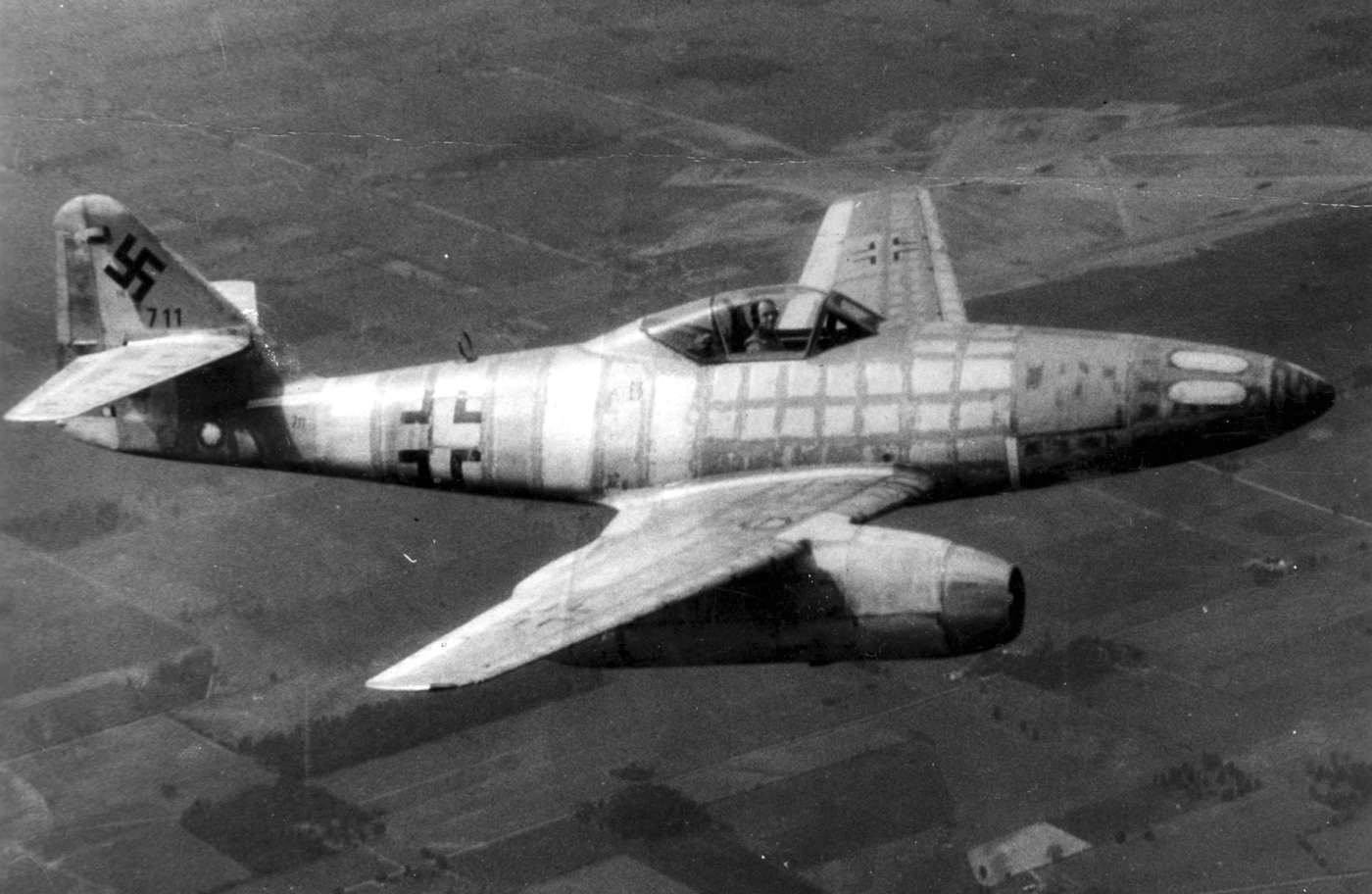
With a top speed of around 550 miles per hour (mph), the Messerschmitt was 100 mph faster than the P-51 Mustang, the top-performing fighter in Europe at the time. The Me 262 was also quicker and equipped with better armaments than the jet-powered Meteor.
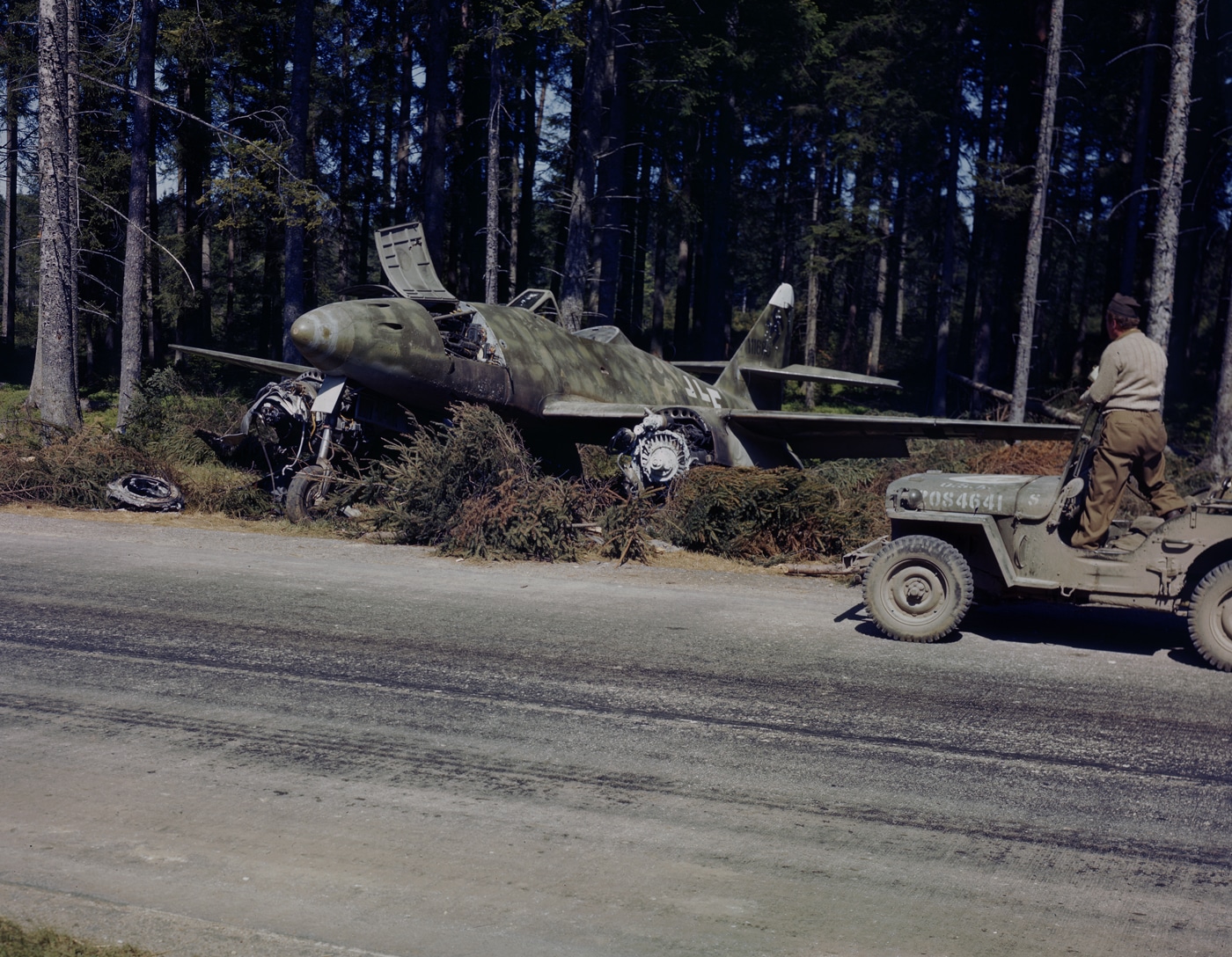
In addition to its use as a fighter interceptor, there were a number of Me 262 variants including light bomber, reconnaissance aircraft and experimental night fighter. The Me 262A-2a, a light-bomber variant, was nicknamed Sturmvogel or Storm Bird.
Me 262 Design
The Schwalbe design first began in 1939 as Project 1065. Due to interference from Luftwaffe Chief Herman Goering, it was initially powered by a single piston engine in the nose.
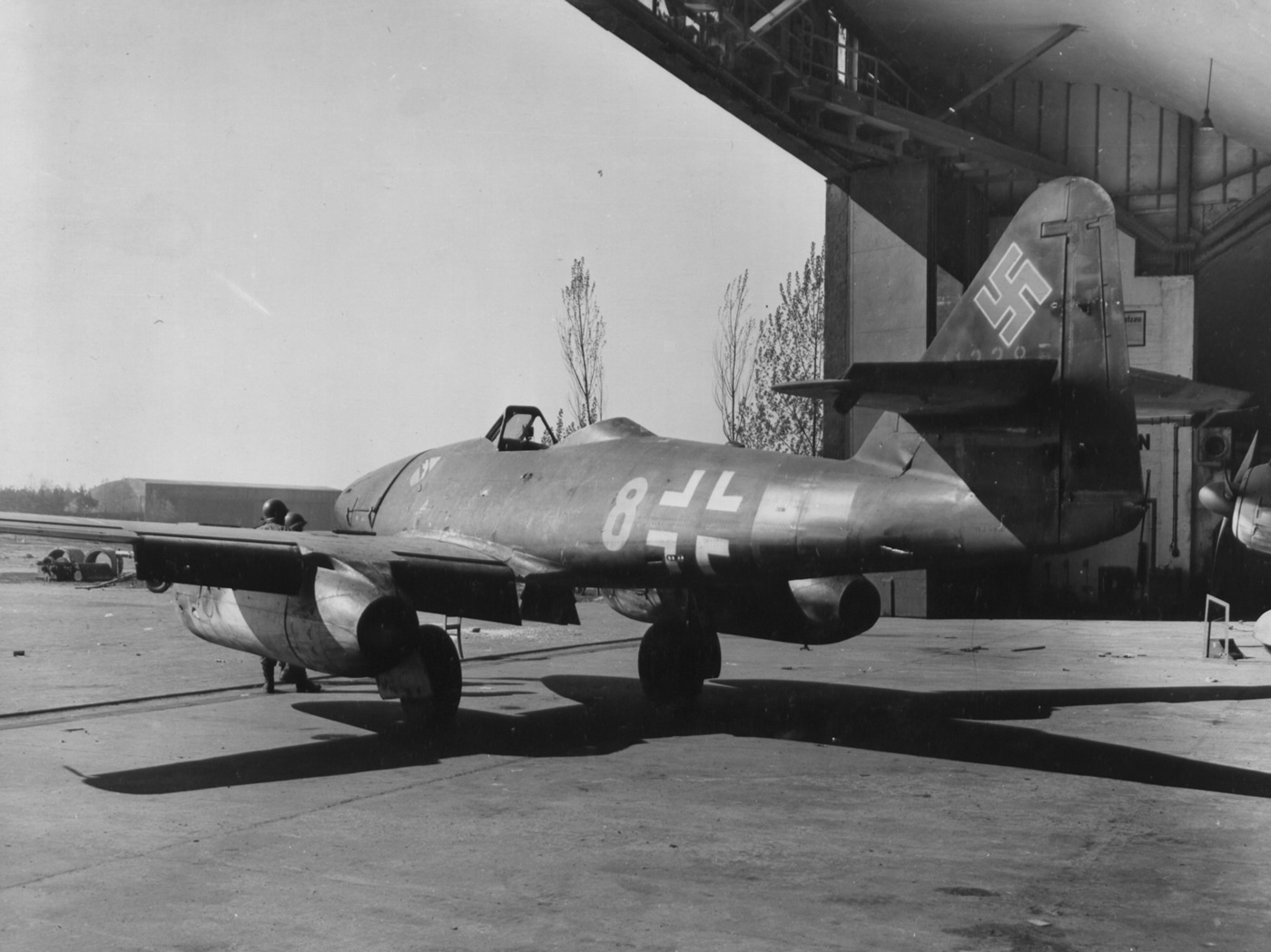
Its maiden flight was in April 1941, and its performance was lagging. The first flight under jet power occurred on July 18, 1942, and the aircraft proved much faster than piston-powered aircraft. Another design change was the addition of tricycle landing gear.
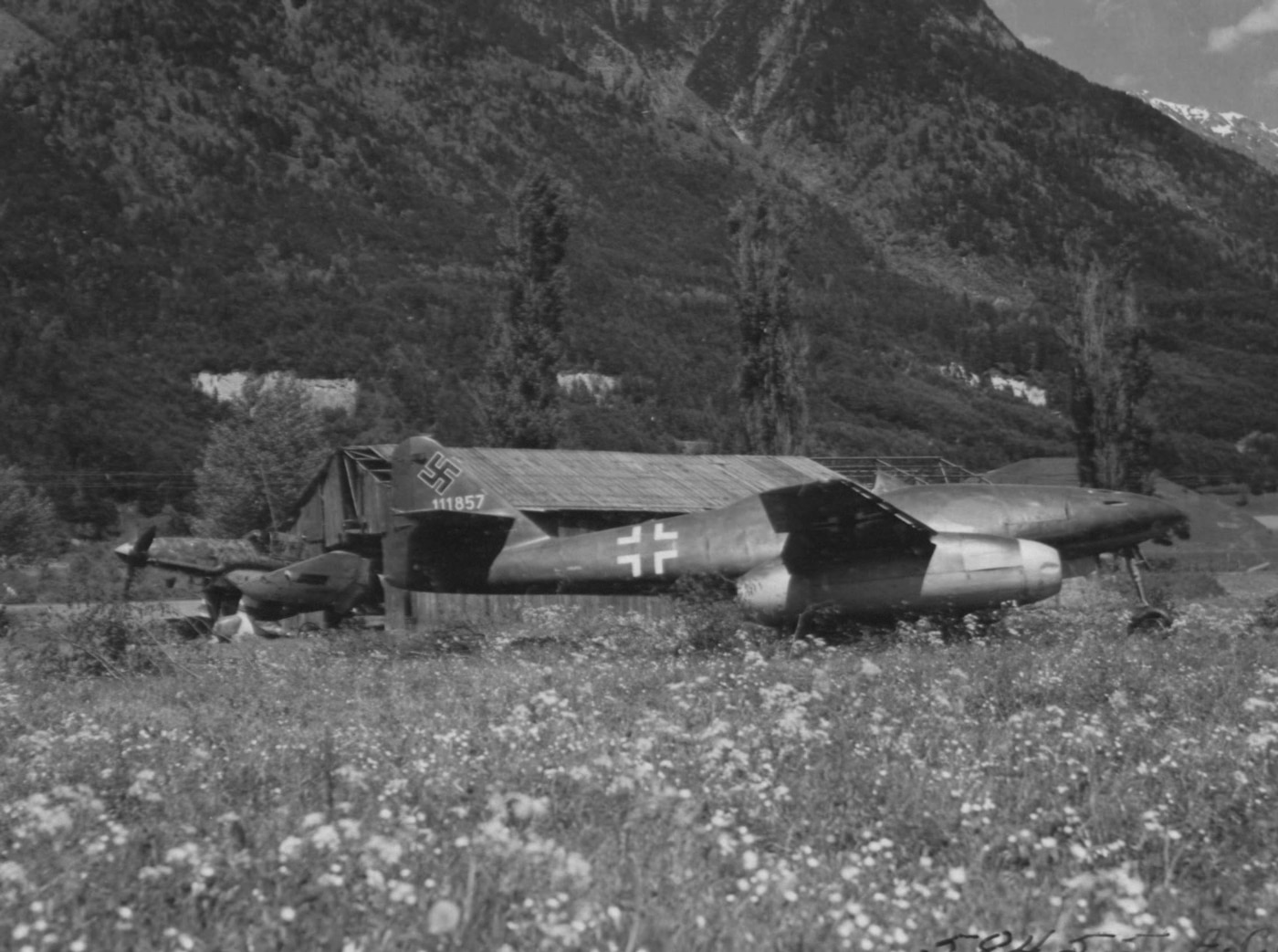
Testing continued throughout 1942 and 1943, and the jet-powered Me 262 was in production by April 1944. By the end of August 1944, 107 aircraft had been delivered.
Armament — Mk 108 Cannons
The original Me 262, also identified as the Me 262A-1a, was equipped with four Rheinmetall-Borsig MK 108 30mm cannons mounted in the nose. The top two cannons each had a capacity of 100 rounds, while the bottom two cannons each had an 80-round capacity. The cannons’ rate of fire was 660 rounds per minute. The MK 108 had a very distinctive sound when fired, causing Allied bomber crews to name it the “pneumatic hammer”.
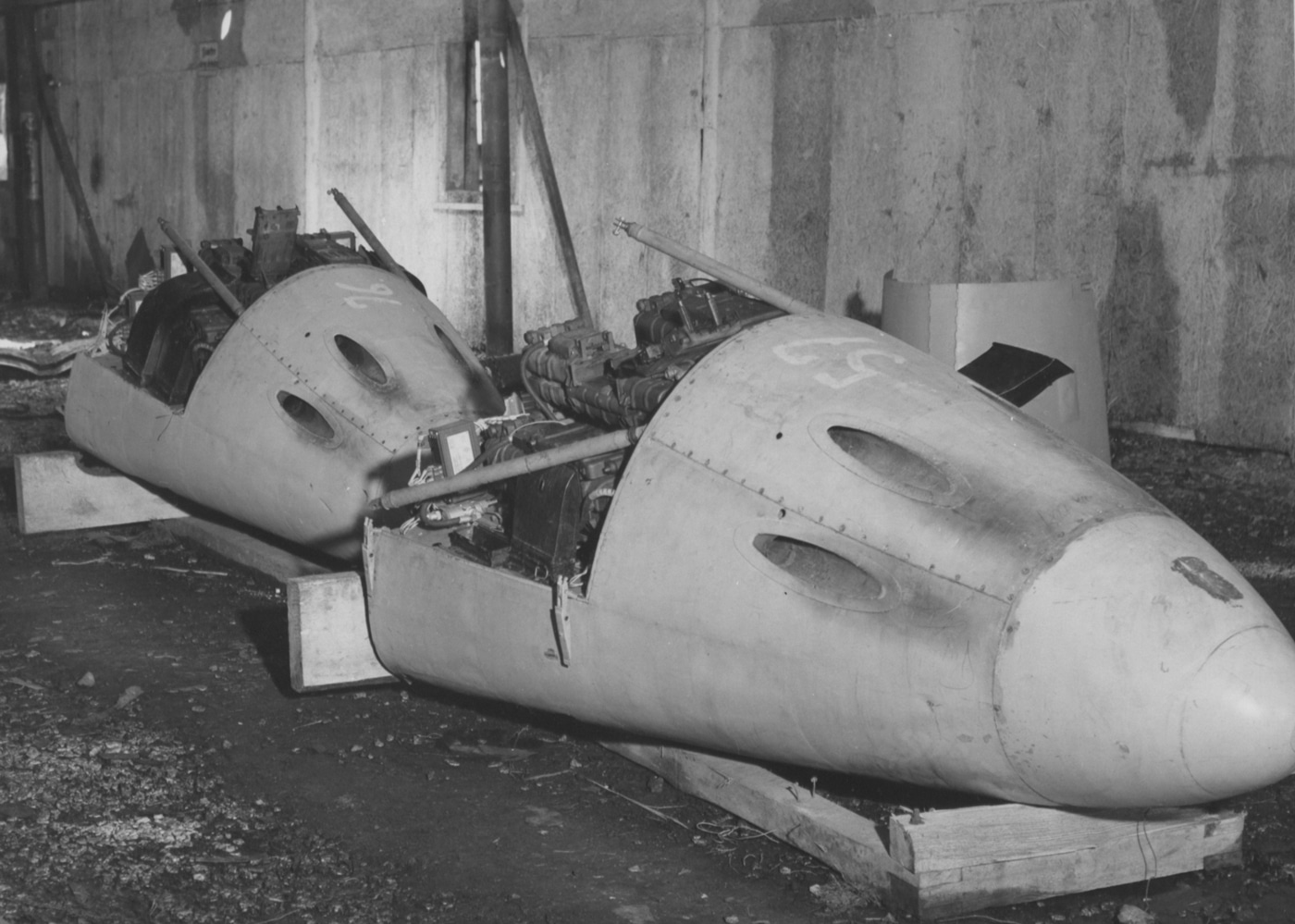
While the 30mm round was devastating, its accuracy was sub-optimal. Due to the short barrels required to mount them in the nose and an insufficient propellant charge, the shells had low velocity and dropped quickly. When you add the closing speed of the Me 262 to the equation, Luftwaffe pilots had only about a two-second window to get within effective range and fire before a mid-air collision occurred. This caused them to fire their guns in a burst mode.
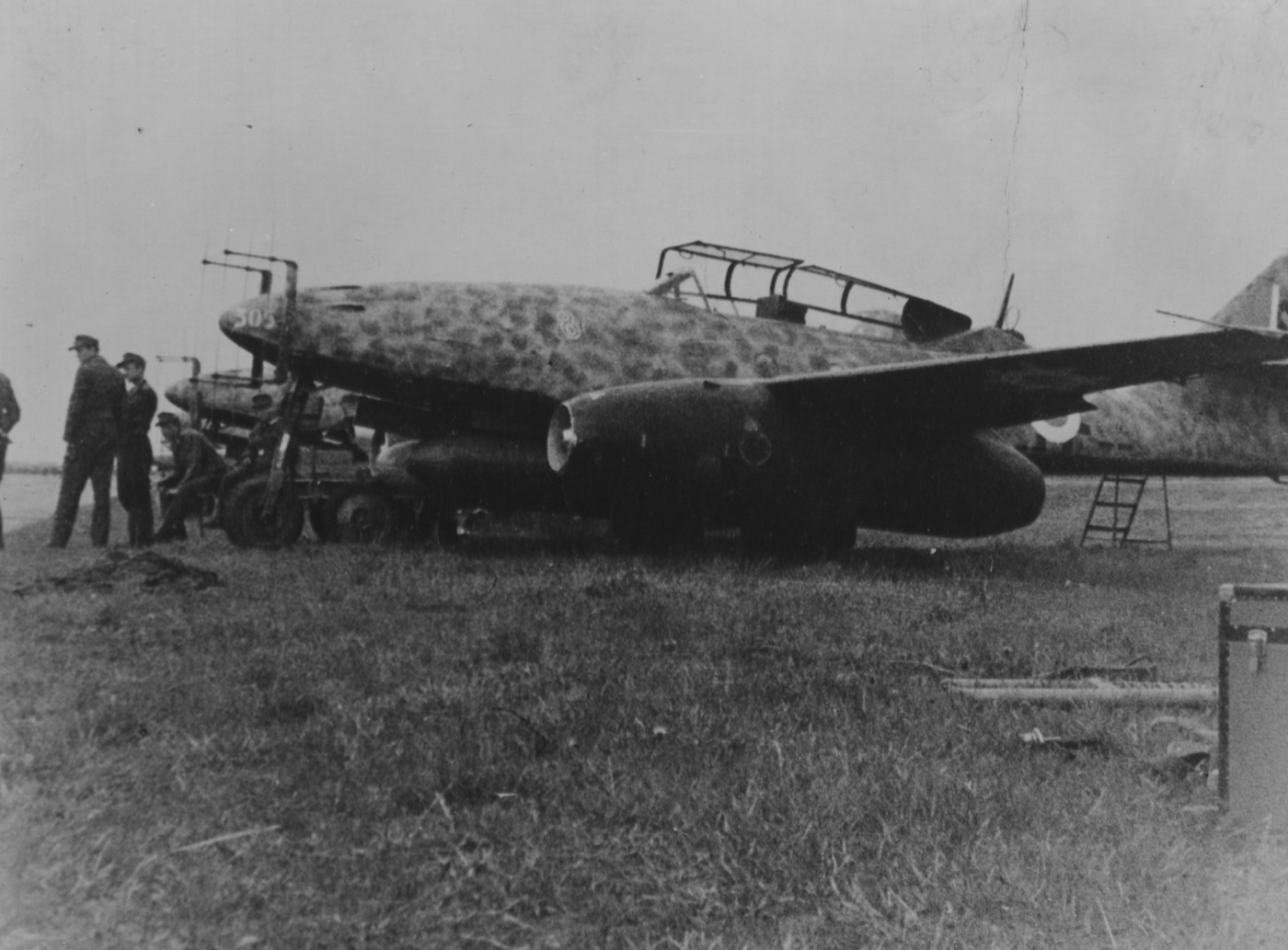
Other Messerschmitt variants used alternative armaments. The Me 262A-1a/U1, for example, combined a pair of 20mm MG 151 cannons, a pair of 30mm Mk 103 cannons and a pair of the Mk 108s. Additional planes were built with other armaments as well — just not in high numbers due to dwindling supply of German war materials.
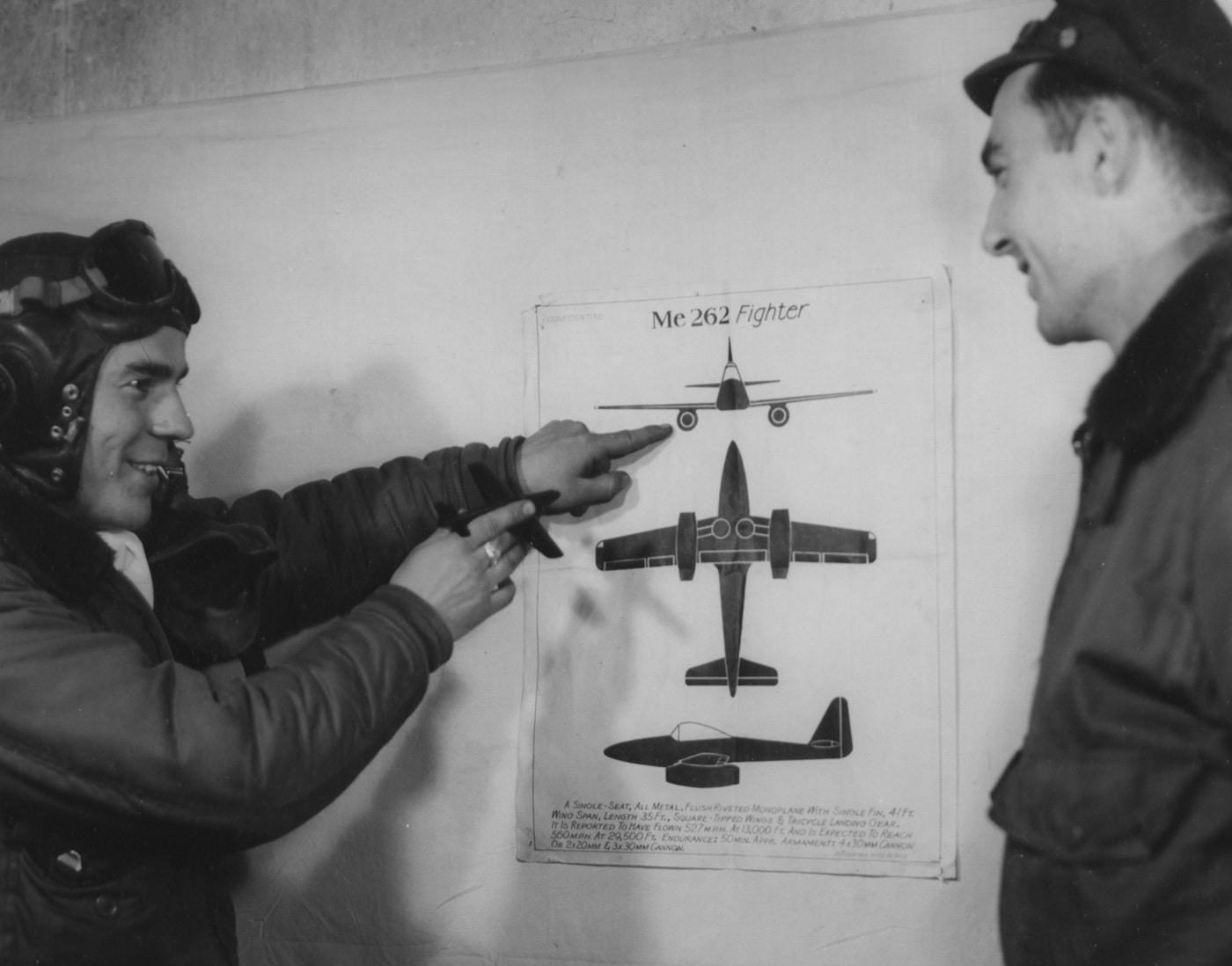
Field modifications were also attempted. Some were standardized into kits. The R7 field modification kit added wooden racks with 12 R4M rockets to the plane’s armament. Others allowed for alternative air-to-air missiles or Mk 108 cannon installations.
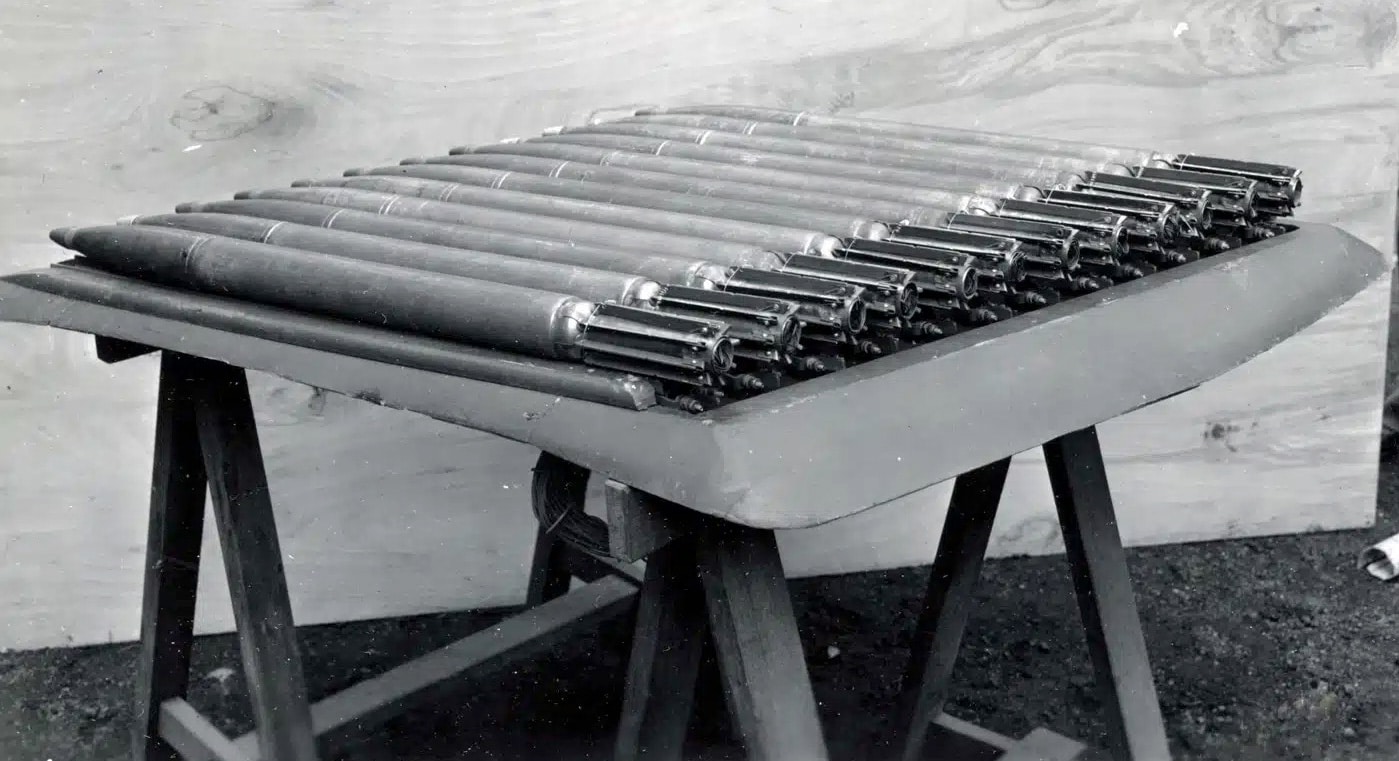
Combat Performance
The Me 262’s performance was so superior to any Allied aircraft that the primary tactic to defeat it was to destroy it on the ground or during takeoff and landing when it was more vulnerable.
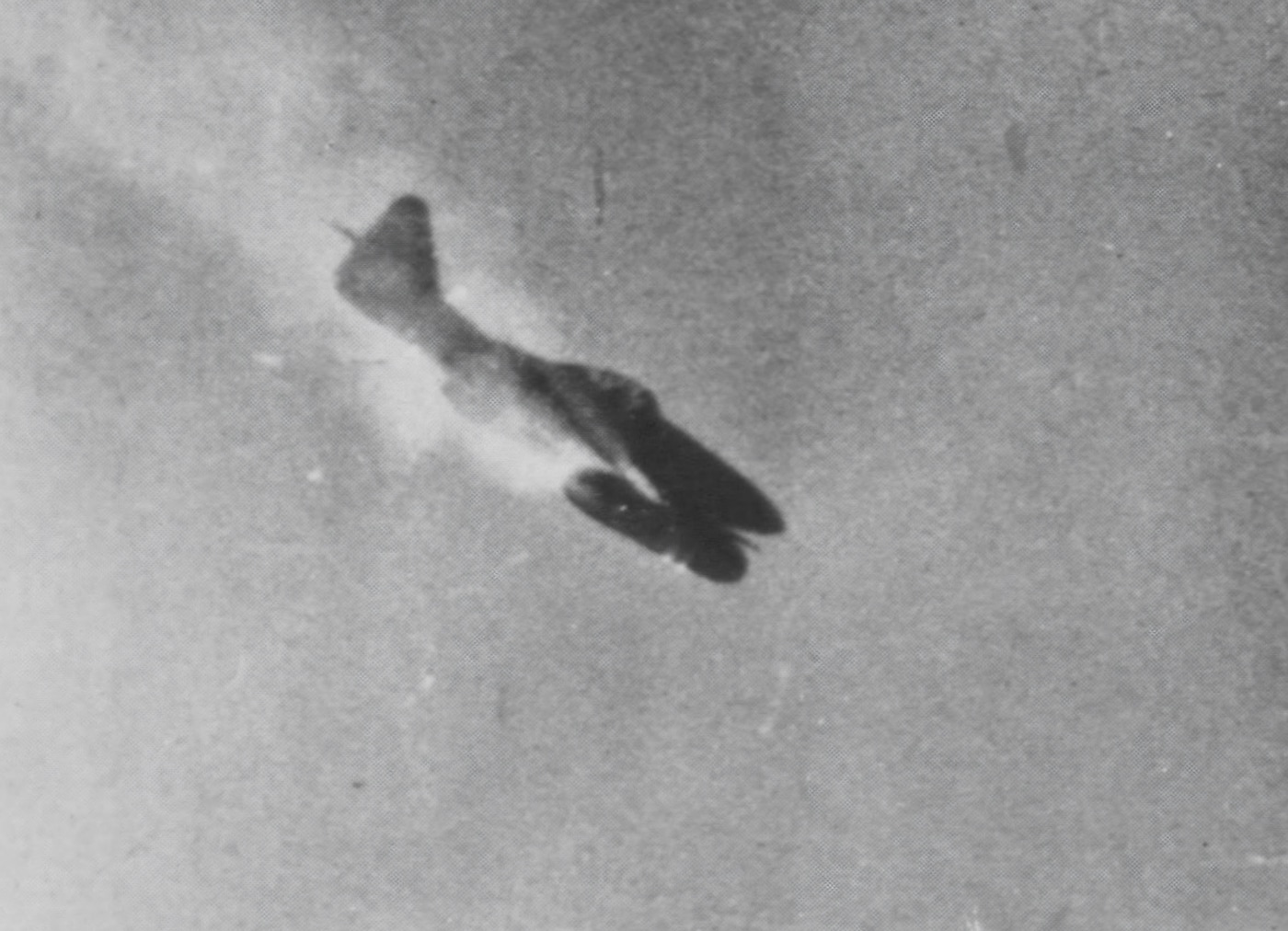
In March 1945, Me 262s attacked a formation of Allied bombers, downing 12 while losing three Schwalbe’s. By the war’s end, the Me 262 downed a total of 542 aircraft while losing 100.
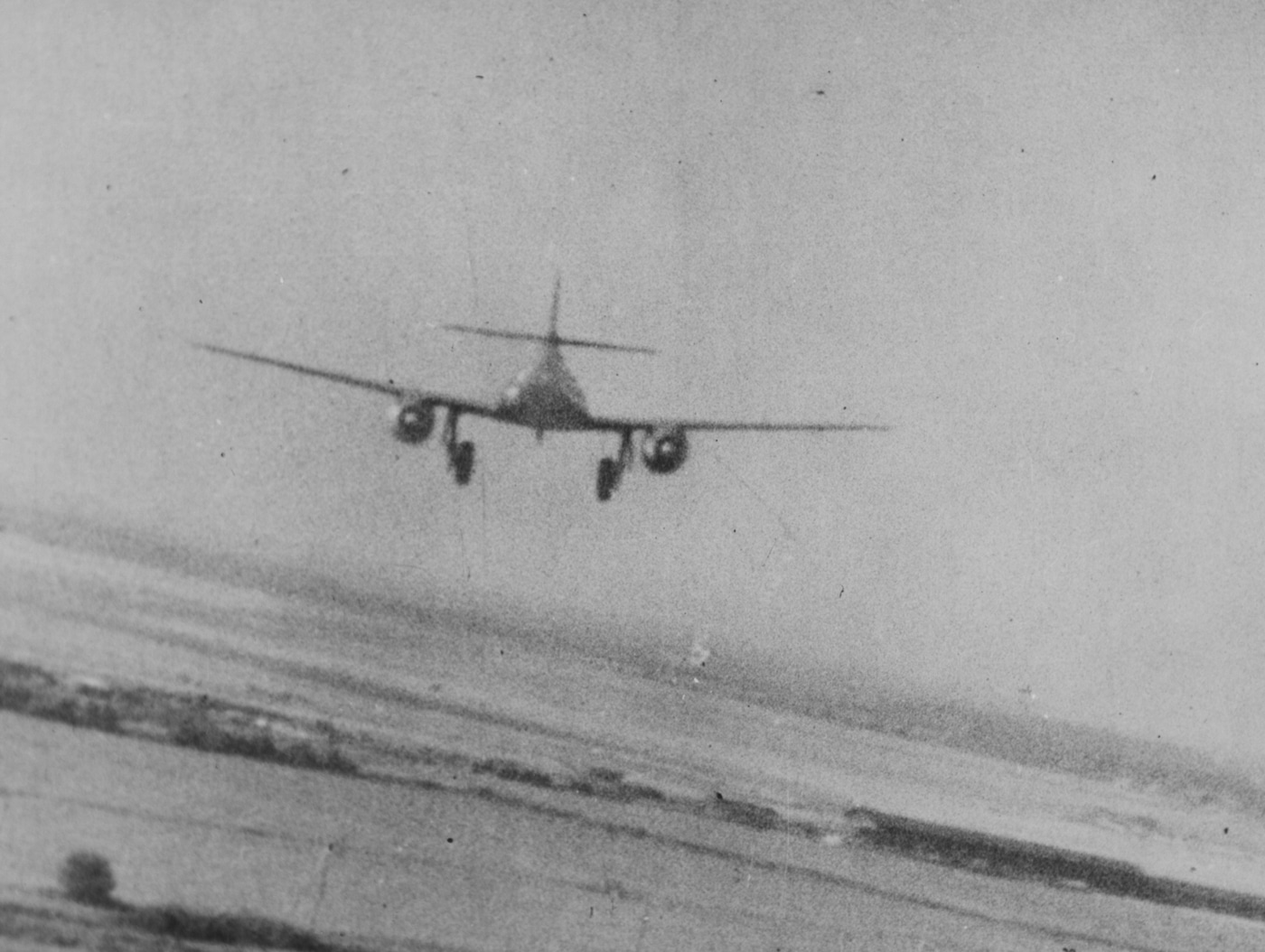
Jet Engines
Two Junkers Jumo 004 turbojet engines powered the Messerschmitt Me 262. The engine’s development began in 1937, but large-scale production did not start until late 1944 due to interference from Luftwaffe General Herman Goering, who cut funding for jet engine research in the belief that the war could be won with piston-driven engines.
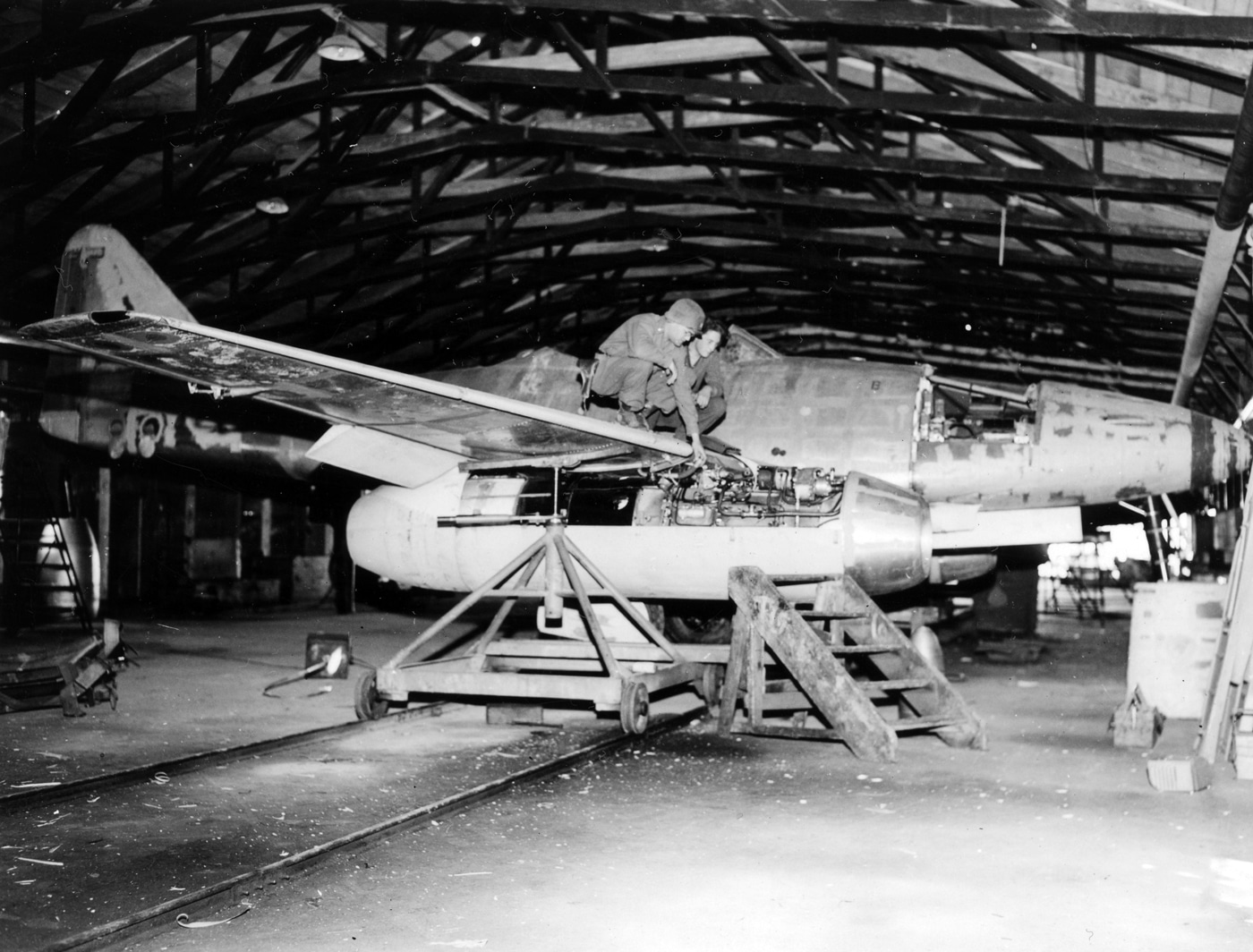
The design consisted of an eight-stage axial compressor with six straight-through combustion chambers with a single-stage turbine. The Jumo produced 1,980 pounds of thrust. As with any cutting-edge technology, the Jumo 004 engine was temperamental and had issues with metallurgy due to the turbojet’s high temperatures.
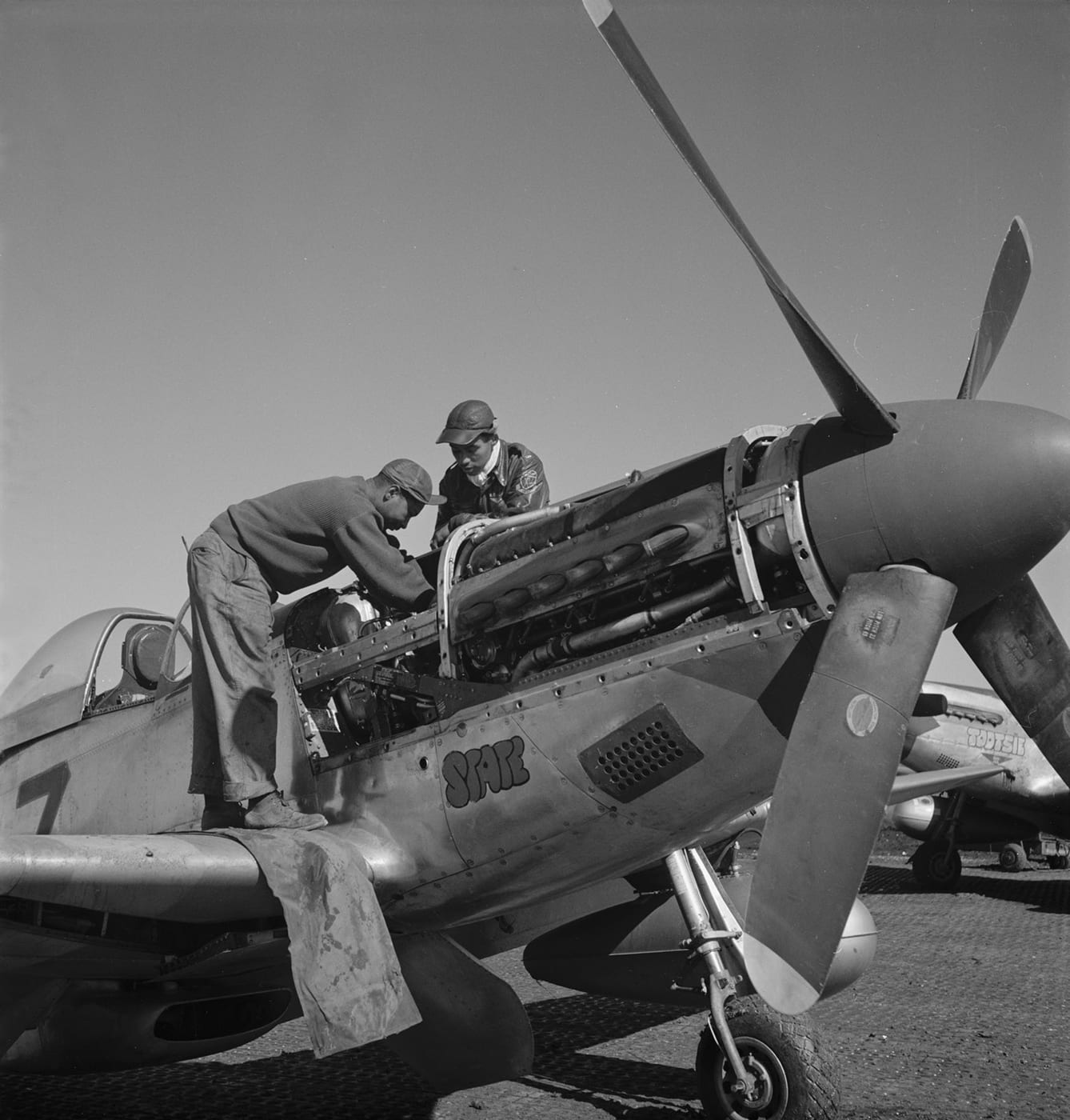
Allied bombings hampered engine production by disrupting the supply chain of strategic materials, and politics also caused delays.
Late War Defections Start
It was only a matter of time before America got its hands on the Schwalbe. On March 31, 1945, Me 262 111711 was the first to come into Allied possession after the pilot defected, and the examination of the aircraft began. A month later, another defection occurred, but it was a little different.
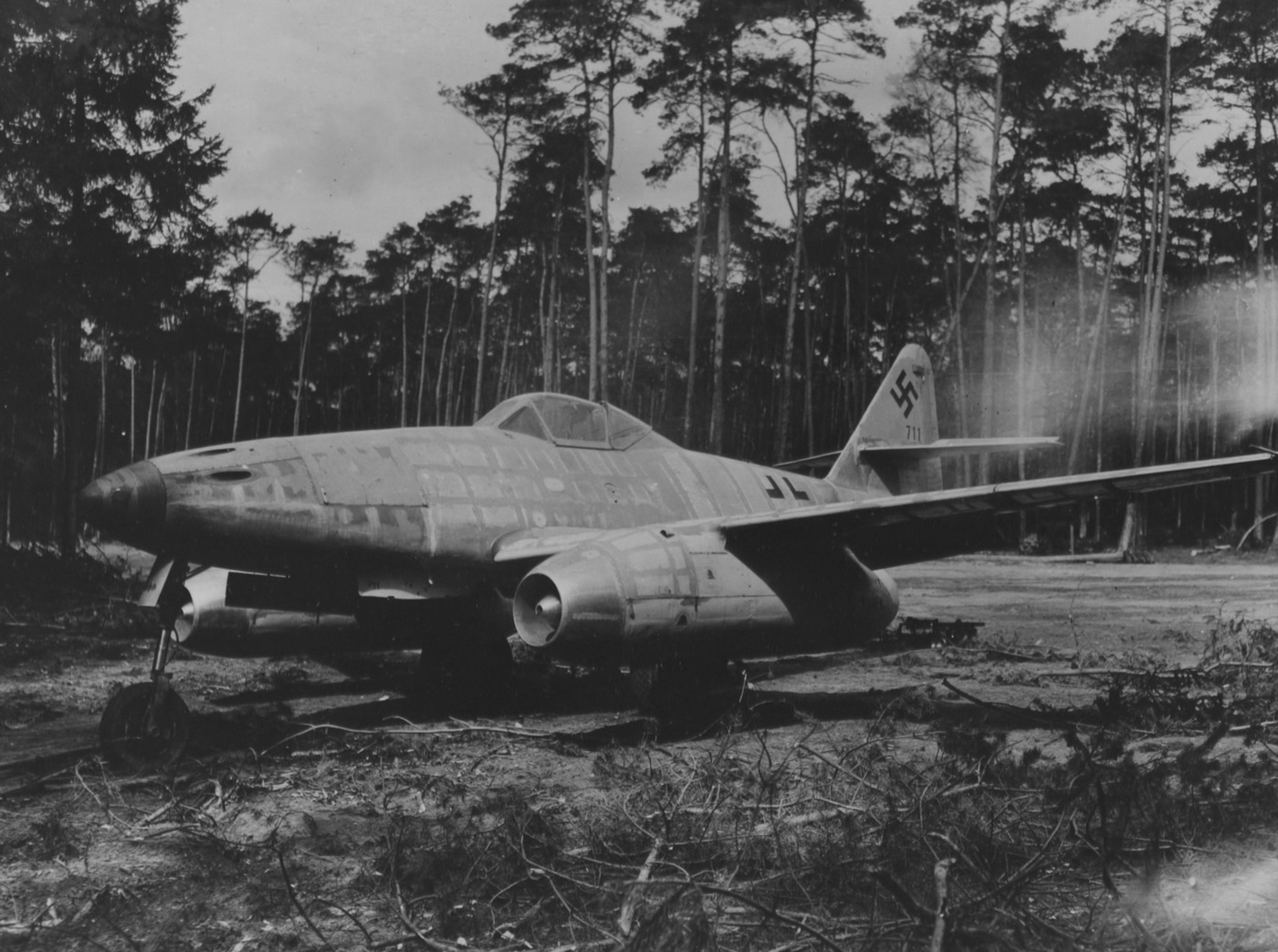
In April 1945, while on a training mission, pilot Hans Guido Mutke flew his Me 262A-1/R7 across the border into Switzerland, claiming he had gotten lost. Authorities believed he defected to the neutral country. The Swiss authorities put the aircraft into storage, never attempting to fly it.
In 1957, the Swiss Government returned the aircraft to Germany. When Mutke learned of this, he sued the German government, claiming the aircraft was his property. The aircraft now resides in the Deutsches Museum in Munich.
Going Underground
The effect of the Me 262 was so significant that Allied forces were determined to destroy it while still in production. This forced the Luftwaffe to move production to several remote sites.
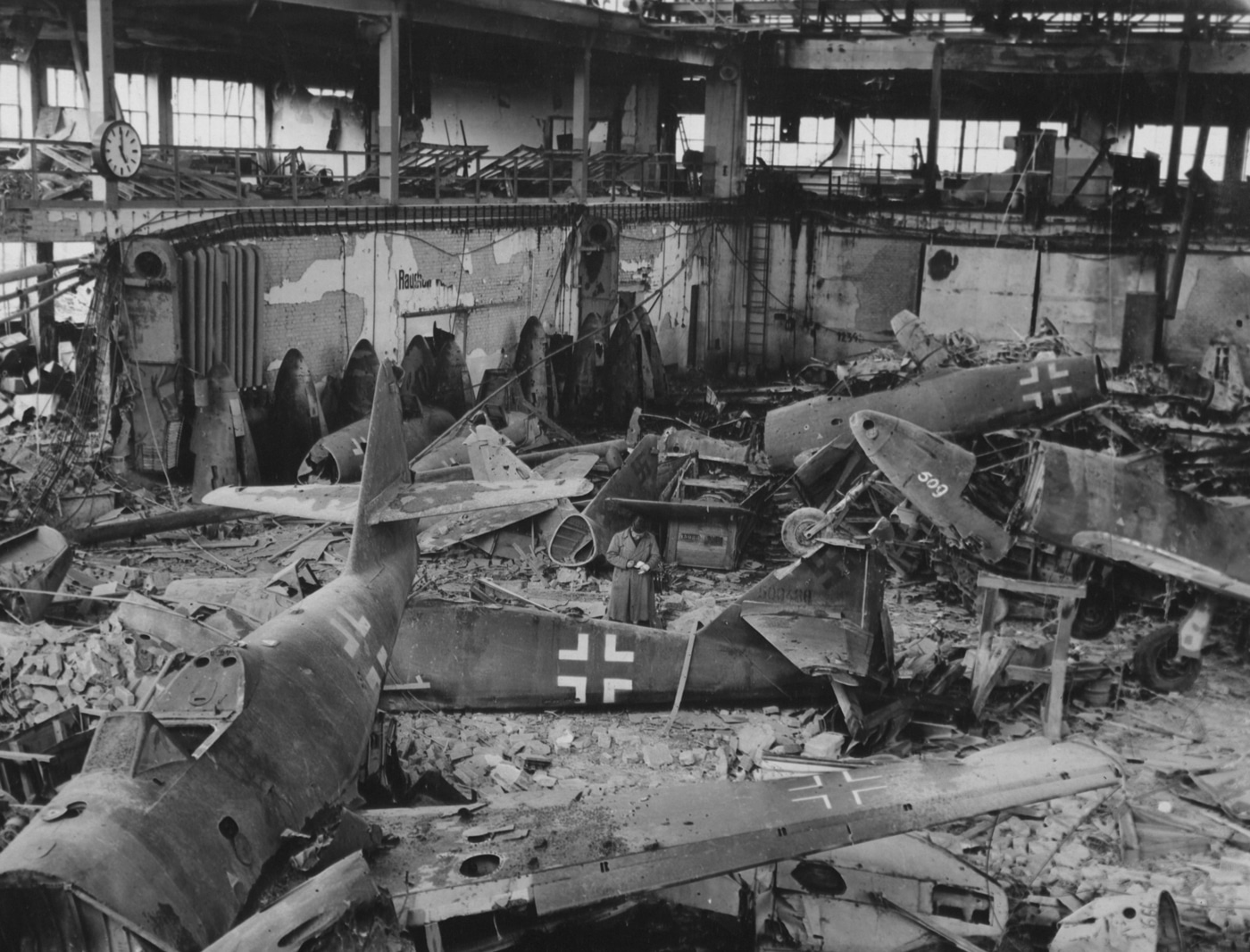
Some sites were simple exterior areas hidden in the forest, while some were underground facilities like the REIMAHG-Werks in Walpersberg, near the town of Kahla in Thüringen. REIMAHG is an acronym for Reichsmarschall Hermann Göring.
Post-War Influence and the Avia S-92
After being captured and disassembled by Russian and American forces, the Me 262 influenced several designs of production aircraft such as the MiG-15, F-86 Sabre and Boeing B-47 Stratojet.
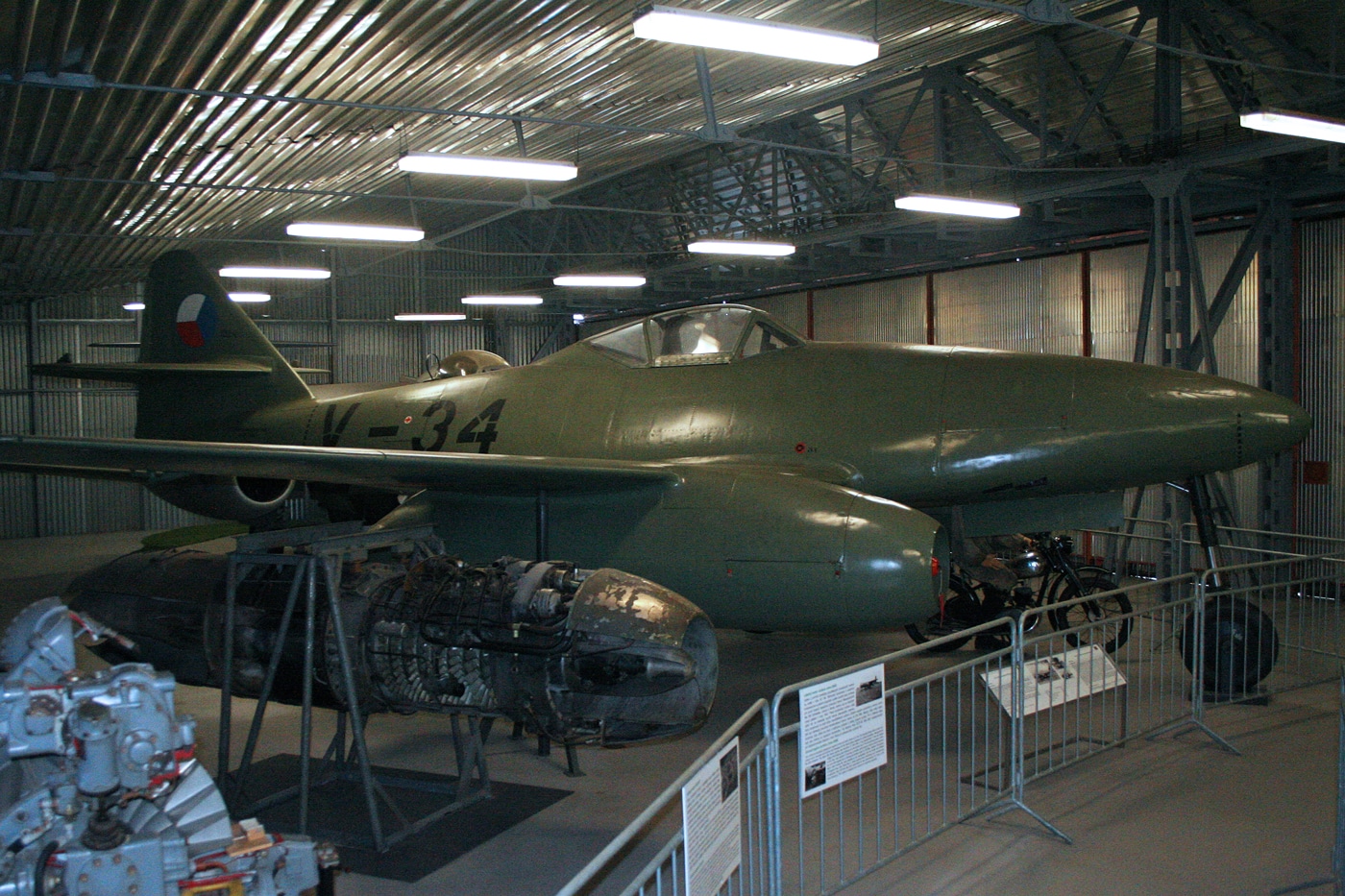
After the war, the Me 262 was produced in Czechoslovakia as the Avia S-92 and two-seat CS-92 models. The Czech air force flew them until 1951, when they were replaced by Soviet-manufactured aircraft.
Over 1,400 Me 262s were produced, but fewer than 300 saw combat. The majority did not make it to operational units because 8th Air Force bombers destroyed Germany’s critical infrastructure. Most of those delivered could not fly due to a lack of fuel, spares or trained pilots.
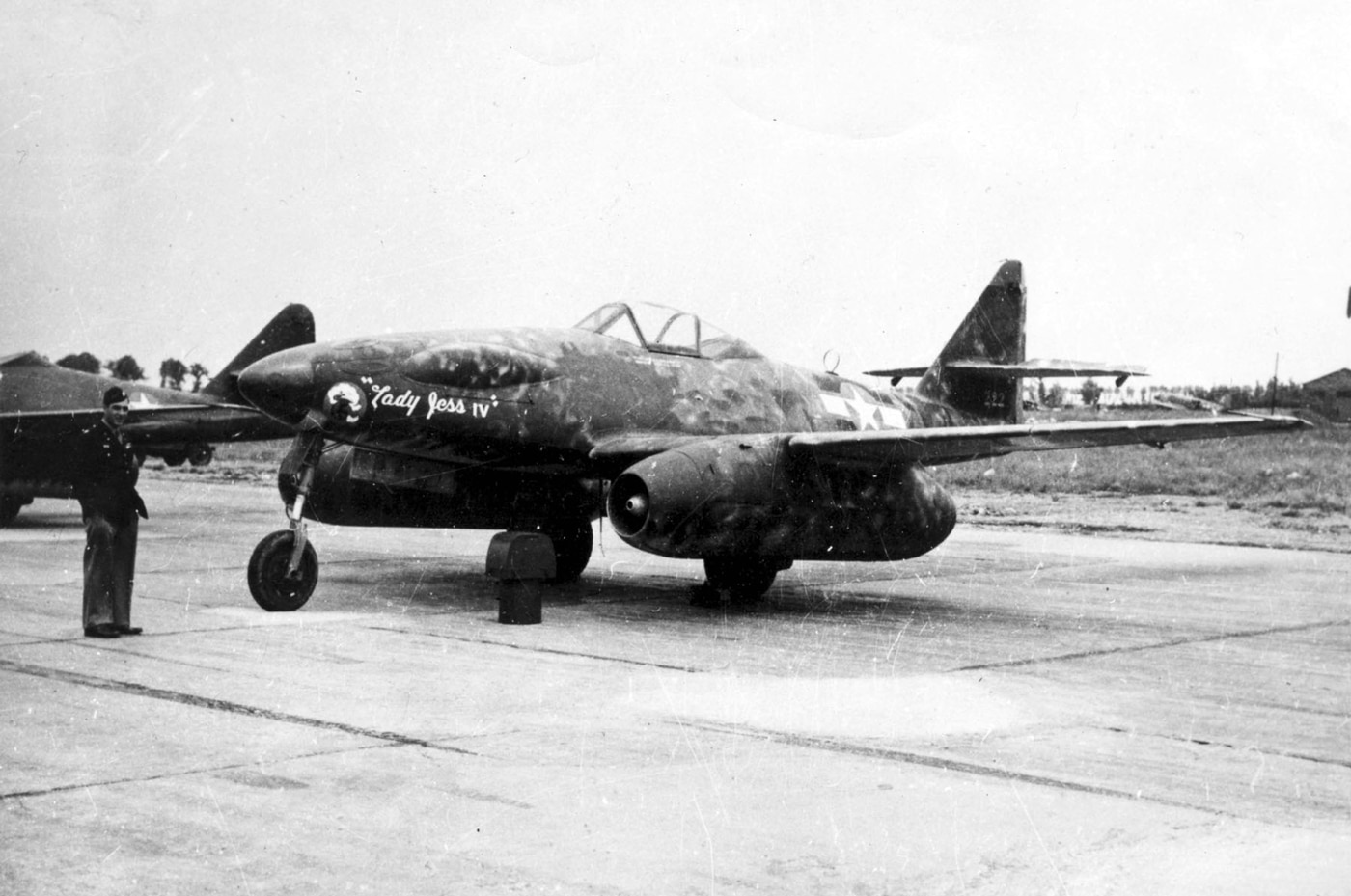
While the Me 262 was a phenomenal aircraft, it ultimately had little effect on Germany’s war effort due to its late introduction and the small number that entered service.
Editor’s Note: Please be sure to check out The Armory Life Forum, where you can comment about our daily articles, as well as just talk guns and gear. Click the “Go To Forum Thread” link below to jump in and discuss this article and much more!




